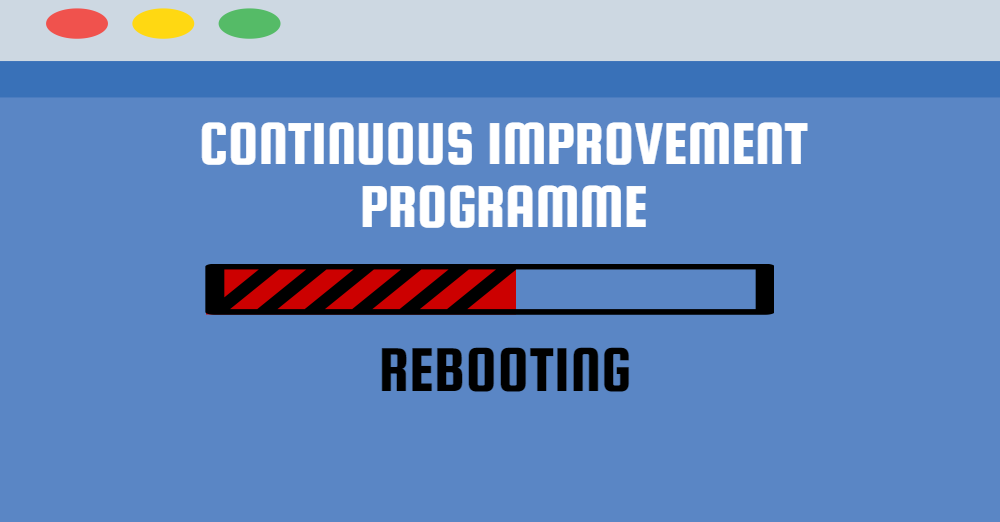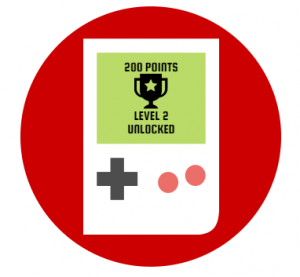- Mike Titchen
- April 18th, 2016
Recently, we’ve been promoting the power of gaming to reinvigorate learning. We have explored gamification and eLearning, and found the impressive facts and figures to reveal that students are more engaged and motivated by gamified online training. So what more can we squeeze out of the expert minds of the game developers? They’ve already taught us to transform tedious training into exciting and engaging games, so surely their work is done.
Well, I’m not finished with them yet.
Ask yourself, are you happy with the level of engagement within your Continuous Improvement programme? Would you like to evoke the same enthusiasm in your team as a gamer has for their computer games, or an eLearning student has for their studies? Well, you can. By dissecting the tools and techniques the experts use to make computer games so engaging, we can apply them beyond the screen and into our Continuous Improvement projects.
I have devised a list of the principles that make a successful computer game. Although not a definitive list, by comparing your own programme to these eight points you will be able to transform your team of moaning mitigators into cheerleaders of change.
1. The games are interactive – cause and effect are clear
Are your Continuous Improvement teams able to interact with the process? Are they empowered to try out ideas? Can they see the link between what they do and the outcomes of their efforts?
2. The objectives are easy to understand – win points to move on to the next level
Are the objectives of your Continuous Improvement projects clear and easy to understand? How is success measured, and are team members able to gain satisfaction from seeing the Key Performance Indicators (KPIs)? What is the ‘next level’ for them?
3. The rules of engagement are clear – there are things you can do, and things you can’t, with plenty of room within these boundaries for creativity
Do you have a clear process or problem-solving roadmap showing each of the steps within the project and how they relate to others? Are responsibilities and accountabilities clear? How much room is there for creativity and expression?
4. Gamers receive instant and continuous feedback – there’s a clear and unambiguous link between performance and reward
What feedback mechanisms do you have in place for your team? Are clear KPIs set up at the beginning of the project? How quickly can the results of change be seen? People don’t usually play computer games for financial rewards, but the pure satisfaction of achieving something. Are your team receiving the acknowledgement from management that they are achieving something? Remember, a genuine ‘thank you’ goes a long way!
5. The consequences of failure are not severe – players have unlimited lives
If teams are too concerned with the negative consequences of trying out an idea, then they’re likely to avoid suggesting possibly transformative new ideas. What happens in your workplace when an idea doesn’t work out?
6. You can learn from your mistakes
Similar to point five, most learning occurs as the result of trial and error. In the real world, management have to limit a team’s ability to cause damage, but it’s important Continuous Improvement teams have space to try things out. Are there clear boundaries within which developments can be tested in your organisation?
7. The games are often self-contained – you don’t have to rely on others to be successful
It is rare to have self-contained situations at work, especially in Continuous Improvement projects, but having to rely too heavily on the support of others can be detrimental. If team members’ actions are heavily micromanaged, individuals can quickly become demotivated.
8. There is often a community of gamers – players can bounce ideas off each other and gain encouragement
Do you encourage the Continuous Improvement teams to share results and experiences? By doing so, they can learn from each other and develop a community of change.
You may find that many of these eight principles are not present in your Continuous Improvement programme, and you’re not alone. Too often Continuous Improvement programmes start with great intentions but have not been designed with maintaining team engagement in mind, losing all hope of ever being ‘Continuous’. By implementing the eight principles above, that have been tried and tested by game developers the world over, you can create Continuous Improvement programmes that enthuse, excite and engage your team.
Be sure to comment below if you can think of any additions to the eight principles, or get in touch to see how we can help with Continuous Improvement programmes in your organisation.





